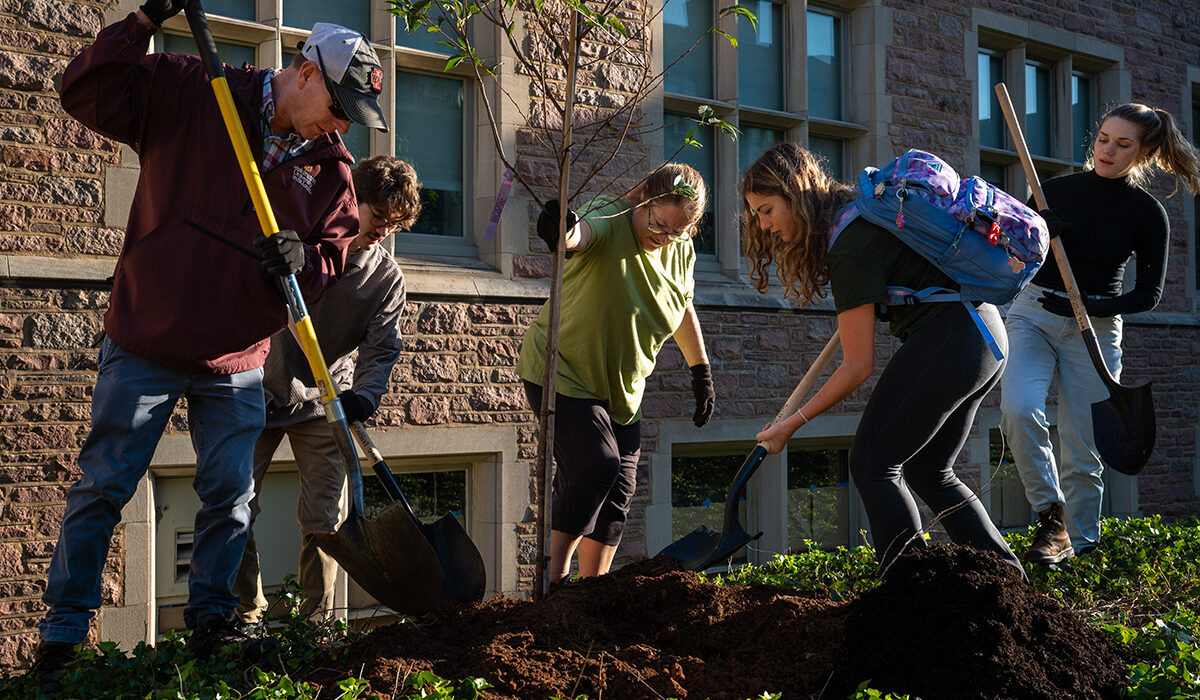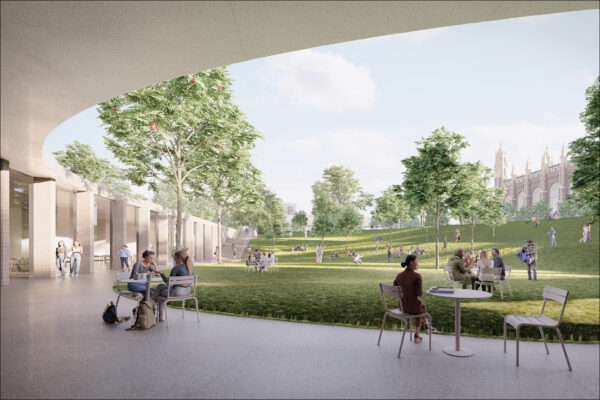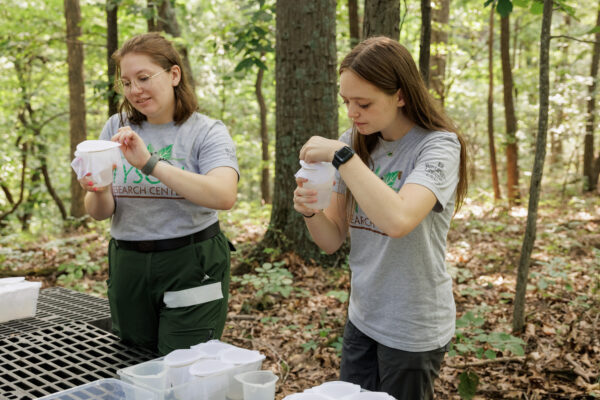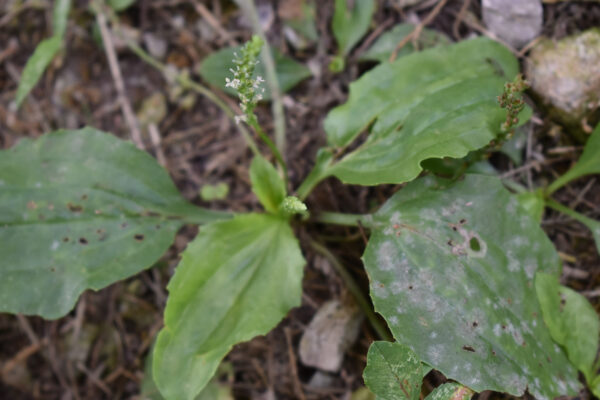The WashU Arboretum, home to some 6,500 trees across the Danforth Campus, recently received Level III accreditation by the ArbNet Arboretum Accreditation Program.
Chris Anderson, arboretum curator, grounds manager and horticulturalist, said Level III accreditation has long been a top priority for Washington University in St. Louis. It also was the goal for Stan Braude, who served as arboretum curator and a professor of practice in biology in Arts & Sciences until his death in June.
“It was so important to Stan that people know about the WashU Arboretum, not just the trees in the collection, but everything else — the seeds and trees that we share, the education programs and learning opportunities we offer, the information we provide to local horticulturists and nurseries, the research we conduct,” said Anderson who, in partnership with Cody Azotea of WashU’s landscape partner Focal Pointe, pursued Level III accreditation in Braude’s honor.
Level III arboreta must have at least 500 distinct species of trees; WashU has approximately 750, including 140 of the 150 species native to Missouri. In total, WashU is home to roughly 6,500 trees — 2,000 more trees than just five years ago. To qualify for Level 3, arboreta must meet multiple criteria, such as offering substantial educational programming, collaborating with others and sharing data. WashU’s arboretum is one of 48 recognized as Level III across the world.
“The Arboretum is undeniably beautiful, but it is also an incredibly important learning tool,” Anderson said.
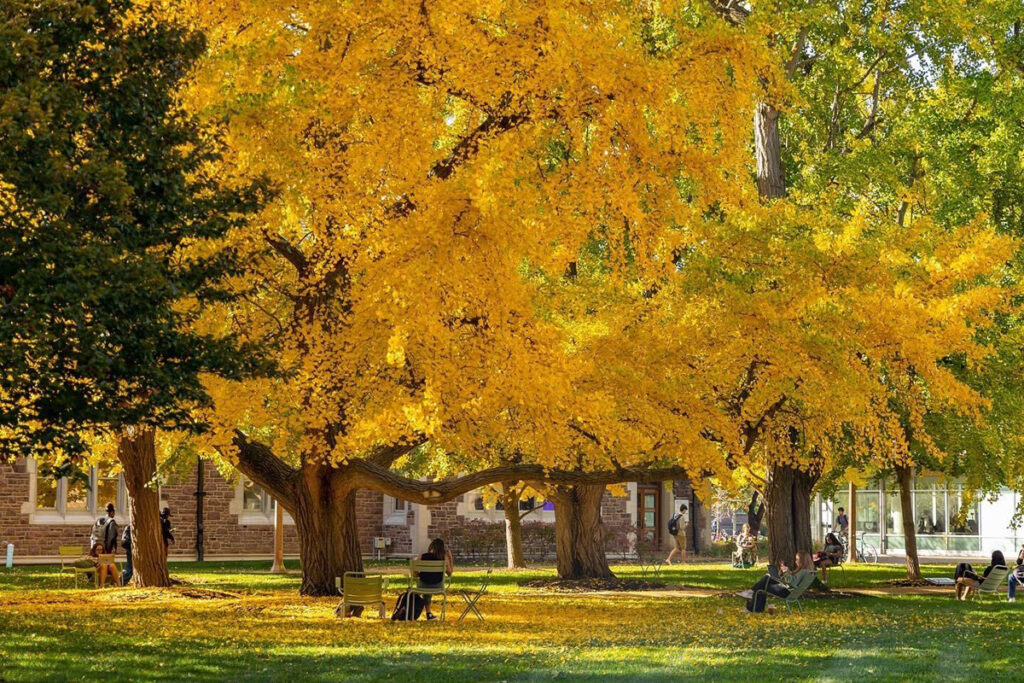
Students not only benefit from the Arboretum, they make it better, Anderson said. Students helped plant new Okame cherry trees along the allée near Lopata Hall this fall; those trees are expected to flower in the spring. Last year, students in Braude’s “Woody Plants of Missouri” class planted a clone of Brookings Quadrangle’s iconic American basswood, which fell during a summer storm. In 2021, the Brown School’s Kathryn M. Buder Center for American Indian Studies invited members of St. Louis’ Native American community to plant a clone of a rare trail marker tree known as “Pathfinder.” Other students have monitored the health of trees, built identification tools and conducted original research on the arboretum.
Currently, the WashU grounds team is planning — and literally planting — for the future. Anderson and Azotea are working with the design team for Riney Hall, the planned new Arts & Sciences building, to select trees for the outdoor spaces surrounding the new building and Graham Chapel.
While some existing trees will be removed to make room for the building, access around the construction site, and the forthcoming Mudd Field renovation, significant trees — such as a historic pin oak on the south side of Graham Chapel — will be preserved. Some smaller trees and plant material have been or will be moved and replanted on campus. Other trees that are near the end of their lifespan, in poor health or already well represented in the Arboretum will not be relocated or preserved.
Ultimately, Anderson expects a net gain of trees.
“From a horticultural point of view, we take these decisions very seriously,” Anderson said. “Our number one goal is to create spaces where students can come together, relax and learn.”
